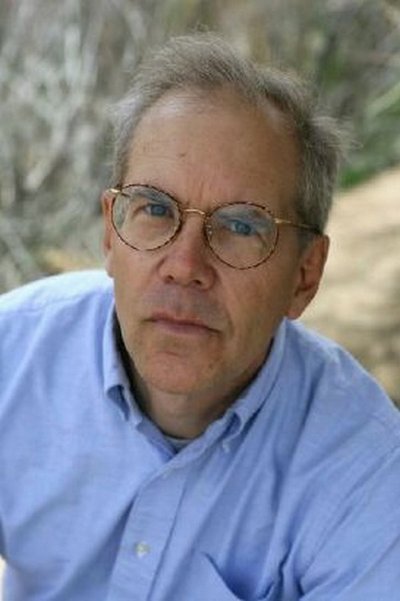March 12, 2009
Science writer illuminates ‘Ten Most Beautiful Experiments’
Galileo singing to mark time as he measures the pull of gravity, Newton carefully inserting a needle behind his eye to learn how light causes vibrations in the retina, Pavlov making his dogs salivate at ascending chord progressions: These are among the most beautiful experiments in the history of science.
At 7 p.m. on March 25 at the Burke Museum, New York Times science writer George Johnson will discuss these and other moments that have defined modern science. Author of The Ten Most Beautiful Experiments (Vintage Books), Johnson offers an irresistible look at moments when a curious soul posed a particularly eloquent question to nature and received a crisp, unambiguous reply.
While bringing us these stories, Johnson restores some of the romance to science and reminds us of the existential excitement of staring down the unknown. New York Times book reviewer Peter Dizikes asserts, “Johnson has a good feel for detail and an easy touch with larger concepts. His lively book nicely evokes the lost world of the table top experiment and finds beauty through science.”
George Johnson writes regularly about science for The New York Times. He has also written for Scientific American, The Atlantic Monthly, Time, Slate, and Wired, and his work has been included in The Best American Science Writing. He has received awards from PEN and the American Association for the Advancement of Science, and his books were twice finalists for the Rhone-Poulenc Prize. He is a co-director of the Santa Fe Science Writing Workshop, and he lives in Santa Fe.
After the lecture, Johnson will be available to sign copies of his book, which will be available for purchase at the Burke. Admission is $5 for the general public and free for Burke members and students.
For more information about Johnson, go to http://sciwrite.org/glj.

